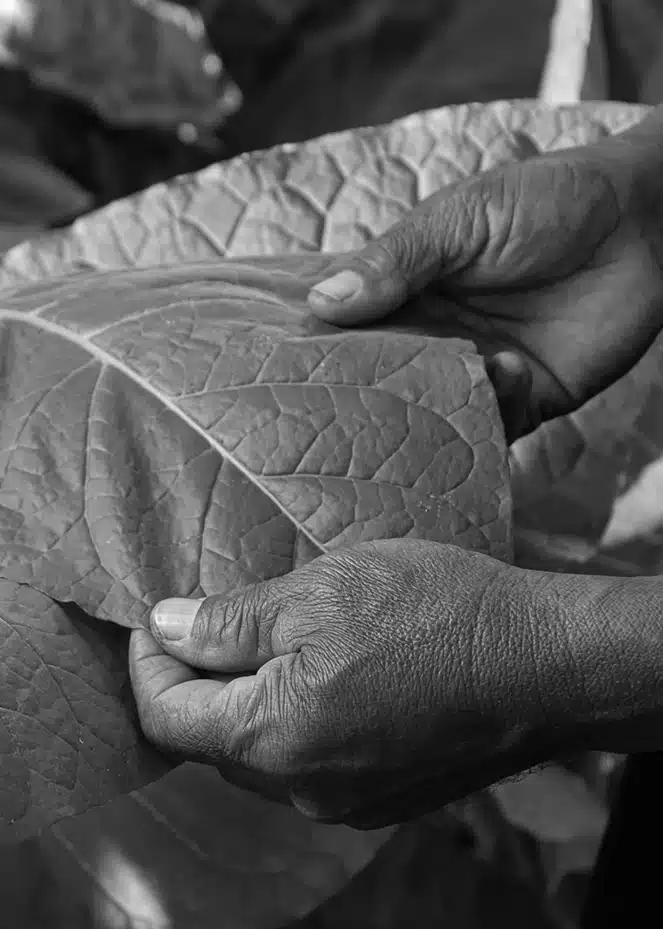Tobacco use remains a significant public health challenge across the globe. While smoking rates have generally declined, understanding the nuances between different tobacco products is crucial for public health education and policy-making. Among these products, cigars and cigarettes are two of the most commonly consumed, each with its unique characteristics and health implications.
This article delves into a comprehensive comparison between cigars and cigarettes, exploring their physical and chemical differences, cultural perceptions, consumption practices, health risks, and the regulatory landscape that surrounds them.
The distinction between cigars and cigarettes is not just a matter of size or duration of use but involves a complex interplay of cultural, health, and societal factors.
By examining these elements, we aim to provide a nuanced view that goes beyond the surface-level understanding of tobacco products, offering insights into how these differences impact smoker behaviour and health outcomes.

Physical and Chemical Differences
In exploring the physical and chemical distinctions between cigars and cigarettes, it’s important to understand the fundamental differences in their composition, usage, and inherent nicotine content. These factors not only define their usage but also their impact on health.
| Feature | Cigar | Cigarette |
|---|---|---|
| Size | Larger and thicker | Smaller and thinner |
| Tobacco | Contains more, often air-cured and fermented | Contains less, usually flue-cured |
| Wrapper | Natural tobacco leaf | Paper |
| Filter | Generally none | Usually has a filter |
| Smoking Duration | Longer, typically an hour or more | Short, usually minutes |
| Inhalation | Smoke not typically inhaled | Smoke usually inhaled |
| Flavour | Varied, often stronger and complex | Milder and more uniform |
| Cost | Generally more expensive | Less expensive |
Composition of Cigars and Cigarettes
- Cigars: A cigar is crafted from whole tobacco leaves, which serve as both the filler and the wrapper. This use of natural tobacco leaves contributes to the distinct flavour profiles of cigars, which can vary widely depending on the tobacco’s origin, age, and fermentation process. Cigars are larger, often cylindrical, and can vary in size—from small cigarillos to large churchills.
- Cigarettes: Cigarettes are manufactured by wrapping finely chopped tobacco in a thin paper that does not contain tobacco. They are uniform in size and shape, designed for brief use. The paper and the chemical additives in cigarettes are optimised to ensure consistent burning and nicotine delivery.
Nicotine Content and Delivery
Cigars: Containing between 100 to 200 mg of nicotine per unit, cigars pack a significant amount of nicotine. However, the typical usage pattern of cigar smoking—where the smoke is not inhaled but rather drawn into the mouth and then exhaled—means that less nicotine is absorbed into the bloodstream compared to cigarettes.
The total nicotine content can be as much as a full pack of cigarettes, but the absorption rate is different due to the method of consumption.
Cigarettes: A single cigarette contains about 10 mg of nicotine, but due to inhalation, the nicotine delivery system is far more efficient. The lungs provide a large surface area for nicotine absorption, which leads to quicker and more intense effects on the body’s nervous system, increasing the addictive potential of cigarettes.
Cigars are traditionally seen as a premium tobacco product. They are significantly larger than cigarettes and consist of whole-leaf tobacco used for both the filler and the wrapper. The tobacco in cigars is often aged and fermented, processes that enhance their flavour and complexity. A typical cigar contains between 100 to 200 mg of nicotine, making them considerably potent in terms of nicotine content.
Cigarettes: A Convenient Choice
On the other hand, cigarettes are made from chopped tobacco leaves and are wrapped in paper that does not contain tobacco. They are designed for quick consumption, with each cigarette containing about 10 mg of nicotine.
This makes them less potent per unit but no less dangerous, particularly because they are smoked more frequently and the smoke is usually inhaled deeply into the lungs.
Health Implications
Both cigars and cigarettes pose serious health risks. Cigarettes are well-known for their association with lung cancer, thanks to the inhalation of smoke directly into the lungs, where harmful chemicals can cause immediate damage.
Cigars, while typically not inhaled deeply, still expose users to high levels of carcinogens and tar, particularly dangerous for oral cancers.
Cultural and Societal Perspectives
Historical and Cultural Context
Cigar smoking has often been associated with affluence and is considered more of a luxury compared to cigarettes. Historically, cigars have been a choice of the wealthy and influential, seen as a status symbol during celebrations or significant business dealings.
In contrast, cigarette smoking has been more widespread and is often portrayed in a more negative light, associated with addiction and health decline.
Consumption Practices
The consumption practices of cigars and cigarettes reveal distinct cultural and procedural nuances that influence both the experience and the health implications associated with each. Understanding these practices can shed light on the ritualistic and habitual aspects of smoking, offering insights into why these forms are favored differently by various groups.
The Ritual of Smoking a Cigar
Cigar smoking is often viewed as much more than a nicotine intake method—it’s a ritual steeped in tradition. This ceremonial aspect begins with the selection of a cigar, which can vary widely in terms of size, shape, and flavour profile, each suited to different occasions and preferences.
- Preparation: Before a cigar is smoked, the proper preparation must be observed. This involves cutting the cap of the cigar with a specialised tool such as a guillotine cutter, punch, or V-cutter, which are designed to make a clean cut without damaging the cigar’s structure. This step is crucial as it affects the draw and overall smoking experience.
- Lighting: Lighting a cigar is a careful process meant to preserve the integrity of the flavour. The foot of the cigar should be toasted—not directly lit—with a torch lighter or wooden match, avoiding petroleum-based lighters which can alter the taste. The cigar is rotated during this process to ensure an even burn, setting the stage for a consistent, enjoyable smoking experience.
Smoking: Unlike cigarettes, cigars are not typically inhaled. Instead, the smoke is drawn into the mouth and savoured, allowing the smoker to appreciate the complex flavours released by the tobacco leaves. This method of smoking reduces nicotine absorption but still exposes the smoker to carcinogens.
The Ritual of Smoking a Cigar
In contrast to the elaborate process associated with cigars, cigarette smoking is characterised by its simplicity and convenience, designed for quick consumption.
- Lighting: Smoking a cigarette involves a straightforward lighting procedure. A lighter or match is used to ignite the cigarette, which is then drawn on immediately to establish the burn. The simplicity of this action contributes to the habitual nature of cigarette smoking.
- Inhalation: The critical difference in consumption practice between cigars and cigarettes is inhalation. Cigarette smokers typically inhale the smoke, which transports nicotine directly to the lungs, facilitating rapid absorption into the bloodstream and contributing significantly to addiction.








